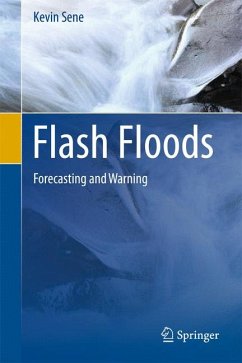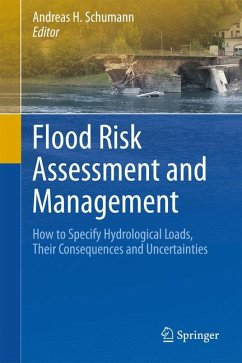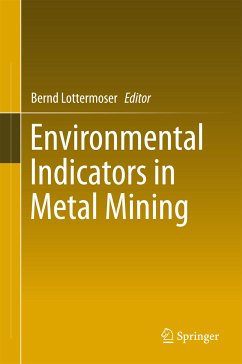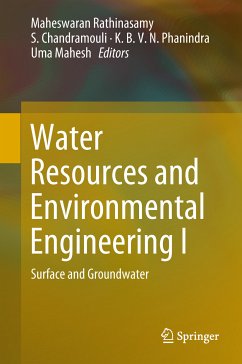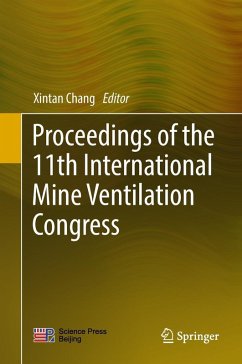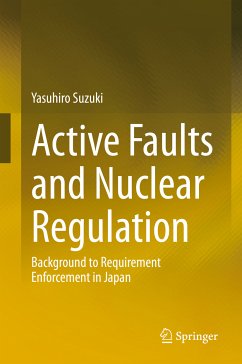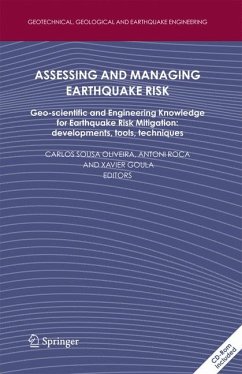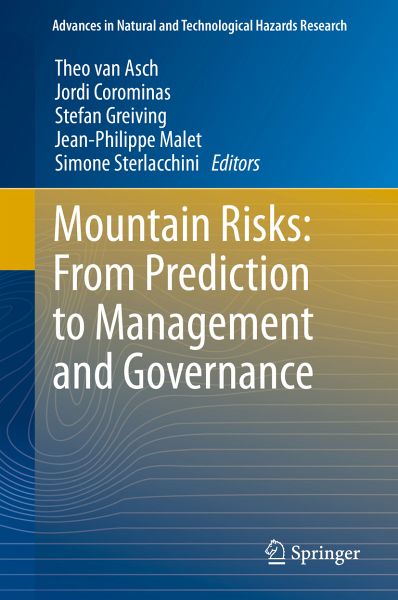
Mountain Risks: From Prediction to Management and Governance (eBook, PDF)
Versandkostenfrei!
Sofort per Download lieferbar
72,95 €
inkl. MwSt.
Weitere Ausgaben:

PAYBACK Punkte
36 °P sammeln!
This book offers a cross disciplinary treatment of the rapidly growing field of integrated approaches in risk assessment in mountainous areas. All major aspects related to hazard and risk assessment, risk management, and governance are illustrated with a wide range of case studies. The first part of the book focuses on new techniques for assessing the natural hazards of different types of mass movements. State-of-the-art techniques for morphological characterization and monitoring of displacements are described. Computational advances are covered to explain the process systems and to quantify ...
This book offers a cross disciplinary treatment of the rapidly growing field of integrated approaches in risk assessment in mountainous areas. All major aspects related to hazard and risk assessment, risk management, and governance are illustrated with a wide range of case studies. The first part of the book focuses on new techniques for assessing the natural hazards of different types of mass movements. State-of-the-art techniques for morphological characterization and monitoring of displacements are described. Computational advances are covered to explain the process systems and to quantify the hazards of fast and slow-moving landslides. In the second part of the book methodologies are included for assessing the impact of these natural hazards on the society in terms of risks. In this part, methodologies for defining the vulnerability of the elements at risk are shown and the use of run-out models for risk assessment of the dangerous rapid mass movements are evaluated. The third part of the book focuses on the response of society towards the problems of hazard and risk. It highlights the role of spatial planning, early warning systems and evacuation plans for risk management. It establishes practical thresholds for acceptable and tolerable risks and emphasizes the importance of education and communication to society. Audience The book is of interest to a wide range of experts from related disciplines, practitioners and stakeholders to demonstrate the importance of an integrated approach for all aspects of risks in mountainous areas.
Dieser Download kann aus rechtlichen Gründen nur mit Rechnungsadresse in A, B, BG, CY, CZ, D, DK, EW, E, FIN, F, GR, HR, H, IRL, I, LT, L, LR, M, NL, PL, P, R, S, SLO, SK ausgeliefert werden.






